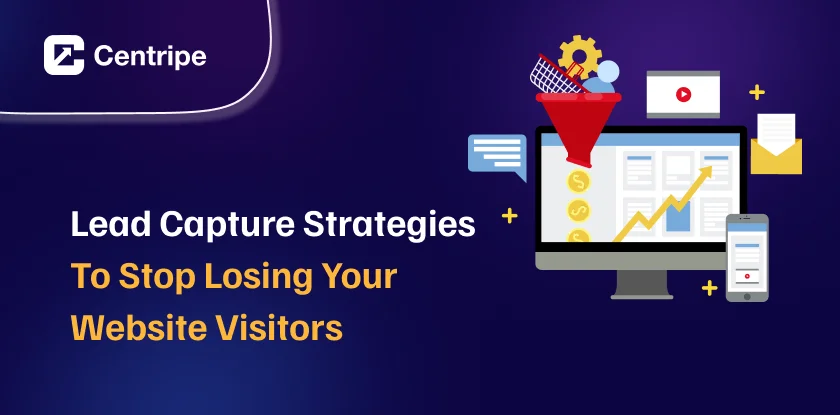Remember those pop-ups that scream ‘‘Subscribe Now’’! and get instantly closed? Yeah, those don’t work anymore….
Today, capturing leads has to be smart. And without the right strategy…. You are just collecting emails that go nowhere.
Lead-capturing strategies are the methods that will help you convert visitors into real, qualified leads.
As per the recent data, companies with effective lead capture strategies convert 9x more visitors into leads.
Let’s learn about those strategies that actually work in 2025.
Lead Capture Strategies That Actually Work For B2B Teams
1. Give Discounts:
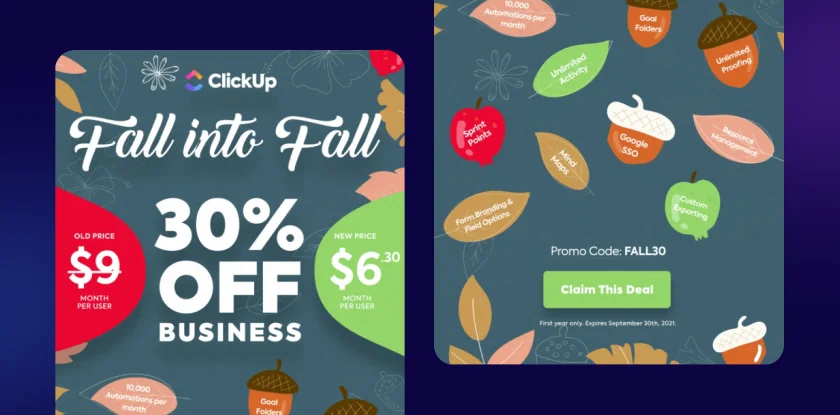
Who doesn’t love discounts? Everyone right!
That’s why! Discounts are the most popular strategy for e-commerce sites to capture leads. They work well because you can choose a different discount amount and make special offers.
How you can use discounts to capture leads:
- Combine discounts with other perks, like free shipping. A 10% discount + free shipping is better than just a 15% discount.
- Add a countdown timer to your pop-up. Research shows pop-ups with timers capture 41% more leads than those without.
2. Multi-Step Forms:
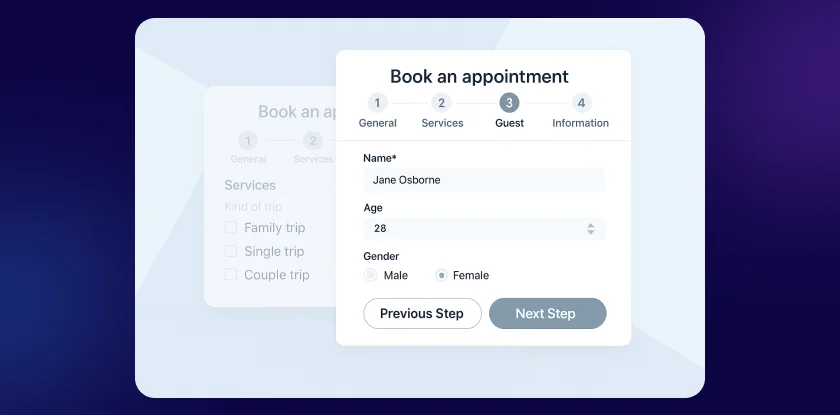
This one’s a surprising, but powerful strategy. You might think longer forms reduce conversions and scare people off. But these long/multi-step forms can boost conversions by up to 300%.
Why? It’s psychology.
Once people start something, they usually want to finish it, just like watching a boring Netflix show because they’ve already spent time on it. But it is not enough; you need an organized way to keep them engaged.
Here’s a smart way:
- Always show a progress bar in the form so people know how much is left.
- Save partially filled forms so you can recover 20% of people who leave midway.
- Test different versions because what works for one group might not work for another.
3. Chatbots:
Ever had a quick chat pop up while browsing a website? That’s a chatbot.
Chatbots are a smart way to capture leads. They add friendly conversation to a boring form. Additionally, they work 24/7, so you can grab leads even at 2 AM.
What makes it work:
- Intelligent qualification without feeling like an interrogation.
- Personalized experiences based on what pages they’ve visited.
- Higher engagement because it feels more human.
What your chatbot should do to bring leads:
1. Start with a friendly and specific greeting.
2. Ask about their biggest challenge or problem.
3. Show how your solution fits their problem.
4. Either book a meeting or pass the leads to sales.
4. Product Demos and Assessments:
This is where lead capture gets interesting. Interactive content is one of the strategies that provides a two-way experience. It gives value to your visitors and also helps you learn more about them.
One of our clients increased lead quality by 40% simply by using this strategy. Why? Because only serious buyers take the time to use it.
What approach did our client use:
- Sent personalized follow-ups based on activity.
- Asked for the basic info before the demo.
- Used smart questions as users went deeper.
- Added an industry-specific ROI calculator.
5. Pop-ups and Slide-ins:
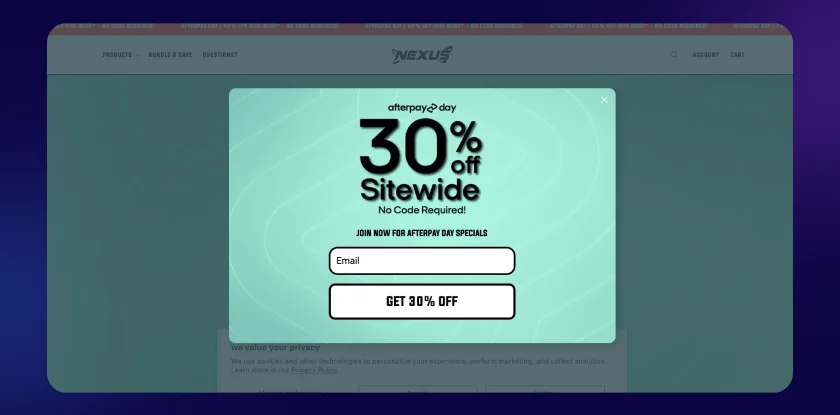
We all hate pop-ups…. Until they offer us something we actually want.
Pop-ups can actually work well for capturing leads, as long as you don’t make them annoying. The secret is to show them at the right time, not randomly.
Pop-ups that always work:
- Exit Intent: Show a pop-up right before someone leaves the site.
- Scroll-Based: Show after the visitor scrolls down.
- Time-Based: Pop-up after they spend time on the page.
- Behavioral: Triggers on specific pages or actions.
6. Landing Page Optimization:
Your landing page is where people decide to take action. So make sure not to add anything that distracts or confuses them. Every part of the page should help encourage visitors to sign up, buy, or take the next step.
The non-negotiable tips to boost conversions:
- A headline that solves a specific pain point.
- Real testimonials for generating trust.
- Minimal navigation
- Mobile-friendly layout
- Fast loading page (under 3 seconds)
- Strong CTAs that actually compel action
Bonus tip: Use a clear, exciting call-to-action button (for example: ‘‘Get my free analysis’’ instead of just ‘‘Submit’’.
7. Content Upgrades and Gated Assets:
Not every content should be locked. In fact, most of your content shouldn’t be free. But save your best resources for ‘gating’ and ask for an email in exchange.
Simple Rule: Only gate content if you think you gave your email for it. If not, then don’t expect anyone else to.
8. Webinar and Event Registration:
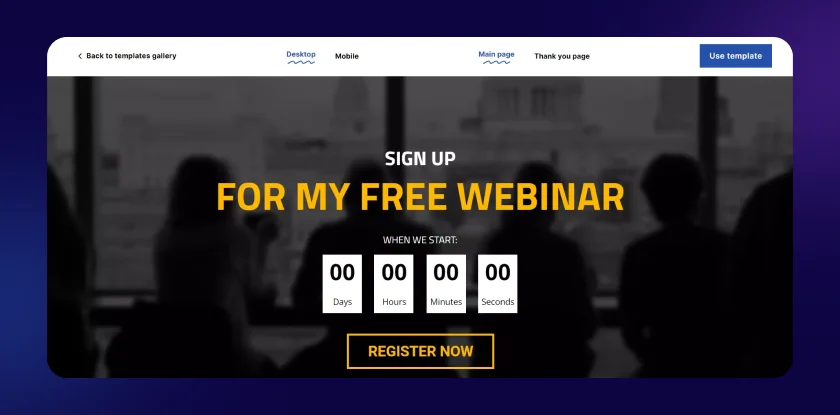
Webinars are a great way to connect with your target customers, especially when your products need explaining.
Making webinars work in 2025:
- Keep the sign-up forms short and simple.
- Set up automated emails (most leads come from no-shows)
- Use Q&A for personalized follow-up.
- Offer a replay for those who miss it.
How to Use Strategy to Capture Better Leads?
Having a strategy is not enough; you need to put it into action. Here’s how you can actually do it:
Step 1: Define Your Ideal Customer Profile (ICP)
You can’t capture the right leads if you don’t know who they are. Be specific.
- What size companies are they?
- What specific roles do the decision-makers have?
- What are their actual problems?
- What’s their buying process?
If you try to reach everyone, you’ll end up reaching no one.
Step 2: Map Lead Capture to the Buyer’s Journey
Use different strategies depending on where the buyer is in their decision-making process:
Awareness Stage: In this stage, the buyer has just realized they have a problem. They are looking for information, not a product. Capture them with below methods:
- Blog subscriptions
- Educational downloads
- Social media captures
Consideration Stage: In this stage, the buyer knows their problem and is exploring options to solve it. Use these to capture them:
- Comparison guides
- Free trials
- Webinars
Decision Stage: In this stage, the buyer is ready to choose. They just need the final details. Use strategies below:
- Pricing tools
- Consultations
- Proposals
Step 3: Establish Lead Scoring Criteria
Not all leads are equal, so score them based on who they are and what they do:
Demographic Scoring: Give more points if the lead fits your ideal customer:
- Right job title?
- Right company size?
- Right industry?
Behavioral Scoring: Give points for actions that show interest in:
- Downloaded content?
- Opened emails?
- Visited the pricing page?
- Requested demo?
Step 4: Set up the right tools to work together
If your tools don’t connect, you’ll waste time doing things manually.
Here’s what you need to do:
- Connect your Forms to your CRM (It is a must)
- Connect your CRM to your Marketing automation (for nurturing)
- Connect everything to Analytics (to see what’s working)
- Use A/B testing tools (to keep improving)
This setup saves time and gets better results.
Conclusion
Let’s be real, if people land on your site and leave without doing anything, every time you just lost a chance to get a lead.
But it doesn’t have to be that way.
With the above lead capture strategies, you can actually keep them around. Because next time, when a visitor lands on your site…. You’ll be ready.
